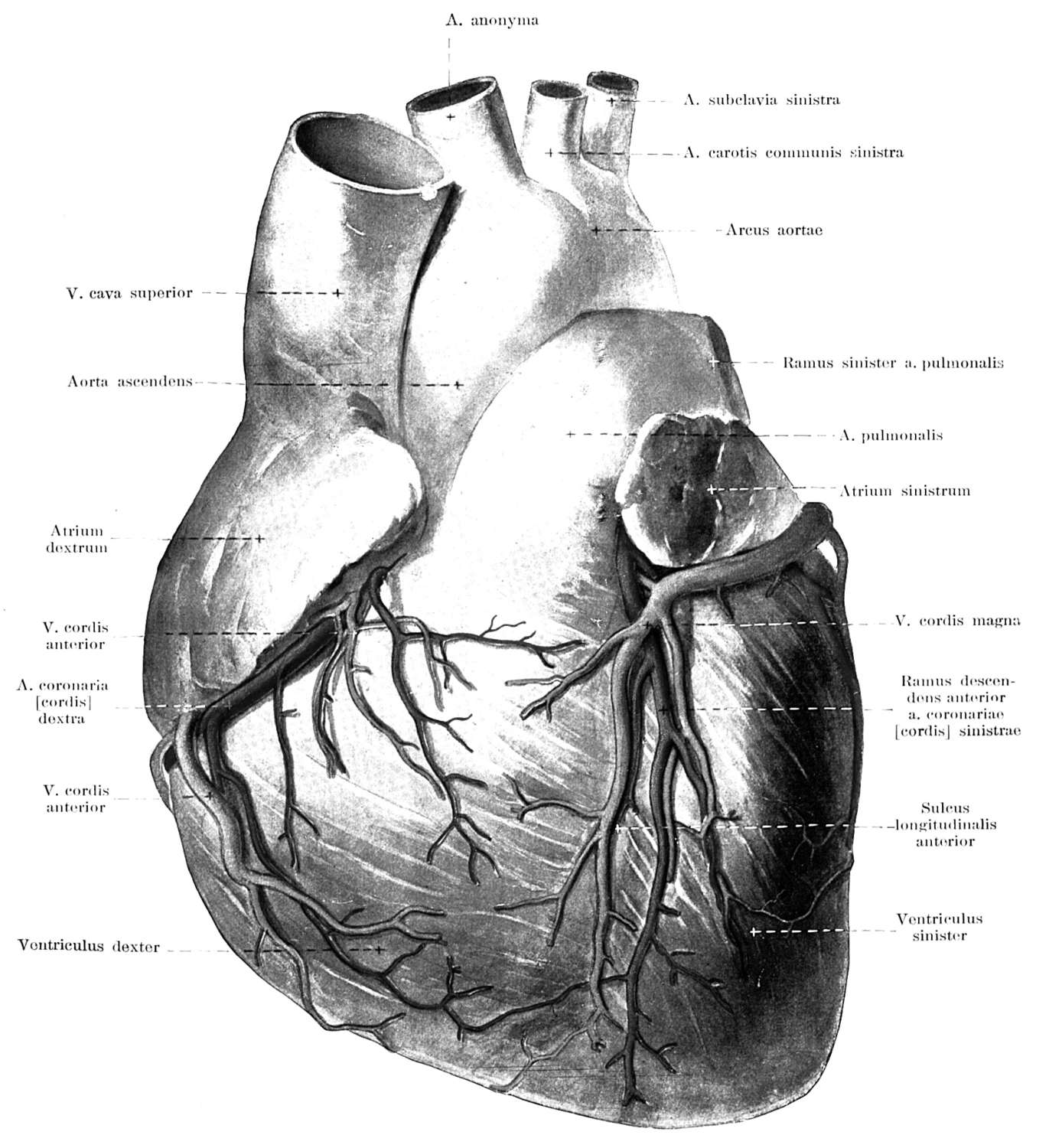
THURSDAY, April 2, 2015 (HealthDay News) — Despite medical advances, a new study shows that more people are dying of heart disease and stroke worldwide than did a quarter century ago because the global population is growing, and growing older.
The good news is that the death rate — the number of deaths in relation to the size of the population — fell in most regions of the world.
The declining death rate reflects better diets, less tobacco smoking and improvements in medicine, said Dr. Simon Capewell, a professor of clinical epidemiology at the University of Liverpool in England.
However, the numbers are still too high, said Capewell, who was not involved in the study.
“A lot of these deaths are premature, meaning they kill people below the age of 75,” Capewell said. “Ninety percent of these premature deaths are preventable and avoidable through healthy diets and zero smoking.”
In the study, researchers led by Dr. Gregory Roth, from the Institute for Health Metrics and Evaluation at the University of Washington in Seattle, examined data from a 2013 global analysis of disease statistics from 188 countries. They focused on the numbers of cardiac deaths and death rates from 1990 to 2013.
In 1990, 12.3 million people died worldwide of heart disease, a category defined to include conditions such as heart attacks, stroke, rheumatic heart disease and aortic aneurysm, among others. The number grew to 17.3 million by 2013, an increase of 40 percent.
The study indicates that the increase is mostly due to the aging of the world’s population, although population growth is another major factor. The number of deaths only declined in Western Europe and Central Europe, the investigators found.
Death rates are a different story. The researchers said that death rates by age fell by 39 percent worldwide.
“Things are getting better,” said Dr. Anthony Kim, medical director of the UCSF Stroke Center at the University of California, San Francisco. “Heart disease is the leading cause of death in the U.S., for example, but stroke moved from No. 3 to No. 4 a few years ago, and just recently dropped to No. 5. But further gains in prevention and treatment will be necessary to reduce the absolute number of cardiovascular and stroke deaths moving forward.”
The study also found that countries that gained in wealth over the last 25 years didn’t necessarily see a corresponding boost in terms of risk of death from heart disease. In other words, money doesn’t always translate to better health.
“This makes sense,” Capewell said, since people in wealthier countries may still have bad health habits. “U.S. and European diets are still terrible: junk food, meat and animal fat, sodium and sugar hidden in junk food, oceans of sugary beverages consumed each year,” he added.
Kim pointed to China to make that point, where higher rates of high blood pressure, obesity and diabetes have come with increased wealth. “The combination of these unfavorable trends, and the effects of aging and population growth could lead to a doubling of cardiovascular disease burden by 2030,” he said.
What’s next? According to Kim, it’s important to analyze regions within countries, instead of just looking at nations as a whole. Thanks to urbanization, he said, two big cities in different countries may be more similar in terms of heart disease than an urban city and a rural area in the same nation.
“In the U.S., for instance, there has been a persistent disparity in cardiovascular disease burden in the southeastern United States despite dramatic declines in the age-adjusted mortality rates over time,” Kim explained.
Capewell called for government action to support healthy food choices, zero cigarettes, and minimal junk food and sodas. In the United States in particular, he said, the nation has done a “great job” on tobacco control and “now needs to apply the same lessons to food: control of sugar, sodium and saturated animal fats.”
The study is published in the April 2 issue of the New England Journal of Medicine.
More information
For more about heart disease on a global level, visit the World Health Organization.
Copyright © 2025 HealthDay. All rights reserved.

